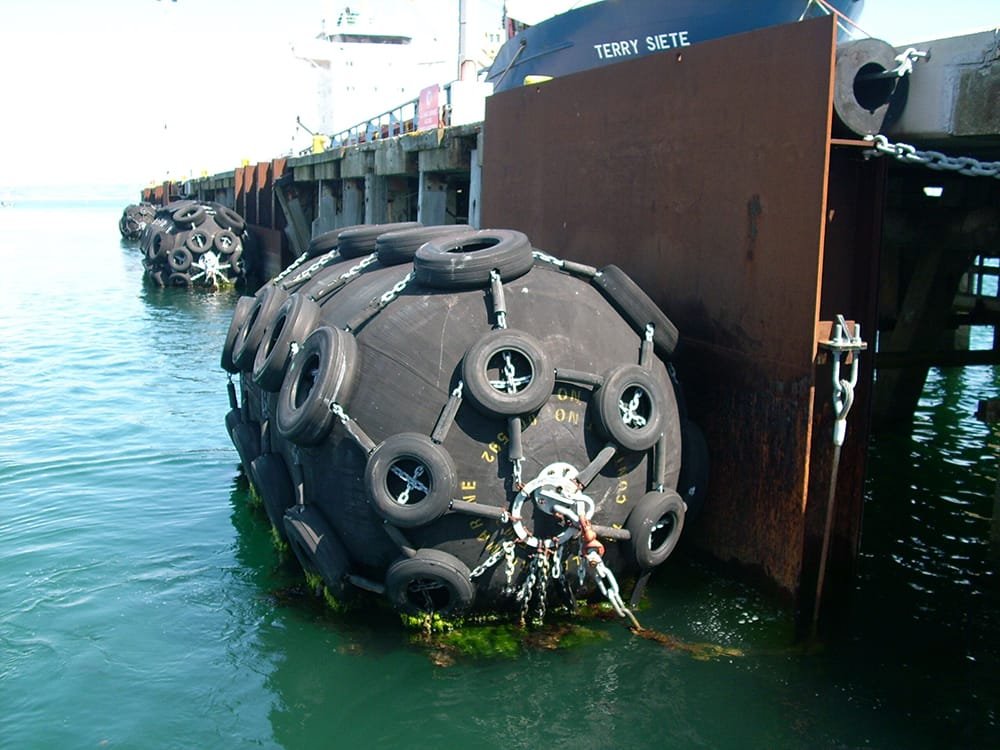Inflatable Fenders’ Characteristics
11/18/2024Ship-to-Ship Fenders
11/20/2024STS Fenders (Ship-to-Ship Fenders)

STS Fenders (Ship-to-Ship Fenders) are devices used for safe docking between ships, preventing collisions and protecting the hull. They are commonly used during ship-to-ship transfer operations. Here are key considerations for their use:
1. Select the Appropriate Size and Type
- Choose the correct specifications based on the size, load, and operating environment of the ships. Common types include airbag and rubber fenders, each with advantages in different conditions.
- Ensure the fender can provide sufficient cushioning force to prevent violent collisions between vessels.
2. Regular Inspection and Maintenance
- Regularly inspect the fender for cracks, wear, or leaks. For airbag fenders, check the air pressure; for rubber fenders, look for aging, hardening, or deformation.
- Inspect the connection components, such as ropes and rings, to ensure they are secure and prevent failure.
- Replace or repair fenders immediately if deformation, damage, or leakage is found.
3. Proper Installation and Arrangement
- When installing fenders, ensure they are positioned correctly and evenly distributed across the contact areas of the vessels to avoid localized stress and damage.
- For large ship operations, multiple fenders may be needed to disperse the pressure.
4. Avoid Over-Compression
- During operations, avoid over-compressing the fender. Over-compression may cause loss of elasticity or deformation, reducing its cushioning effectiveness.
- Ensure appropriate distance between the ships to prevent excessive pressure on the fenders.
5. Consider Environmental Conditions
- Use STS fenders carefully in harsh weather, especially in large waves or strong winds, which may lead to fender failure or displacement.
- In offshore operations, ensure the fenders have good waterproofing and corrosion resistance to prevent damage from saltwater or UV exposure.
6. Control the Distance Between Ships
- Controlling the distance between ships is crucial during fender use. Ensure the vessels do not come too close, as this can affect the fender’s effectiveness.
7. Avoid Contact with Sharp Objects
- Minimize contact between the fender and sharp objects on the ship, such as anchors, propellers, or rudders, to prevent damage.
- When storing or transporting fenders, ensure their surfaces are protected from friction or damage.
8. Follow Safety Standards and Operating Procedures
- Follow relevant safety guidelines, especially during ship-to-ship operations, and ensure the fender usage complies with international shipping and safety standards.
- Ensure operators are adequately trained to properly use and install fenders.
By selecting, using, and maintaining STS fenders correctly, the safety of ship-to-ship docking is ensured, collisions are prevented, and operational efficiency and safety are improved.
